The Ultimate Guide To Hardy Hydrangeas
The Ultimate Guide to Hardy Hydrangeas
Hydrangeas are one of the most popular flowering shrubs in the world, and for good reason. They are beautiful, versatile, and relatively easy to care for. But not all hydrangeas are created equal. Some varieties are more hardy than others, and some are better suited for certain climates.
In this guide, we will discuss the different types of hardy hydrangeas, as well as their care requirements. We will also provide tips on how to choose the right hydrangea for your garden.
Types of Hardy Hydrangeas
There are many different types of hardy hydrangeas, but some of the most popular include:
- Panicle hydrangeas: These hydrangeas are known for their large, cone-shaped flowers. They are the most cold-hardy type of hydrangea, and can tolerate temperatures as low as -30 degrees Fahrenheit.
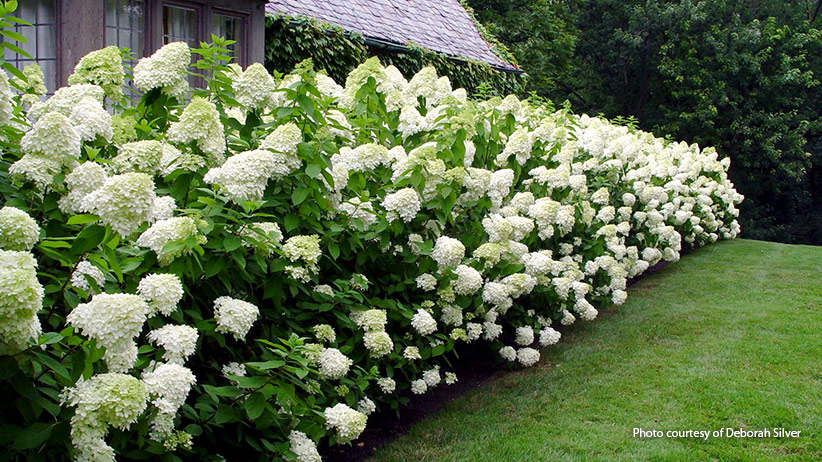
- Mophead hydrangeas: These hydrangeas are characterized by their large, round flowers. They are not as cold-hardy as panicle hydrangeas, but they are still relatively hardy and can tolerate temperatures down to -20 degrees Fahrenheit.
- Smooth hydrangeas: These hydrangeas have smaller flowers than mophead hydrangeas, but they are just as beautiful. They are also more cold-hardy than mophead hydrangeas, and can tolerate temperatures down to -25 degrees Fahrenheit.

- Mountain hydrangeas: These hydrangeas are the least common type of hardy hydrangea, but they are also the most cold-hardy. They can tolerate temperatures down to -40 degrees Fahrenheit.
Care Requirements
Hardy hydrangeas are relatively easy to care for, but there are a few things you need to keep in mind.
- Sunlight: Most hardy hydrangeas prefer full sun to partial shade. However, some varieties, such as mountain hydrangeas, can tolerate full shade.
- Soil: Hardy hydrangeas prefer moist, well-drained soil. If your soil is sandy or clayey, you may need to add some compost or peat moss to improve drainage.
- Water: Hardy hydrangeas need regular watering, especially during the first year after planting. Once they are established, they can tolerate some drought.
- Fertilizer: Hardy hydrangeas benefit from a light application of fertilizer in the spring. An organic fertilizer, such as compost, is a good choice.
- Pruning: Hardy hydrangeas should be pruned in the spring, before new growth begins. Pruning helps to shape the plant and encourages new flowers.
Choosing the Right Hydrangea for Your Garden
When choosing a hydrangea for your garden, there are a few factors you need to consider:
- Hardiness zone: Make sure to choose a hydrangea that is hardy for your climate zone.
- Sunlight requirements: Consider how much sunlight your garden gets. Most hydrangeas prefer full sun to partial shade.
- Size: Hydrangeas can grow to be quite large, so be sure to choose a variety that is suited for the size of your garden.
- Color: Hydrangeas come in a variety of colors, so choose a variety that you love.
Conclusion
Hardy hydrangeas are a beautiful and versatile addition to any garden. With proper care, they will thrive for many years to come.
If you're looking for a beautiful and hardy shrub to add to your garden, look no further than the hydrangea. These versatile plants come in a variety of shapes, sizes, and colors, and they can be grown in a wide range of climates.
One of the most popular types of hydrangea is the hardy hydrangea. Hardy hydrangeas are cold-hardy and can withstand temperatures as low as -20 degrees Fahrenheit. They're also relatively easy to care for, making them a great choice for even the most novice gardeners.
If you're interested in learning more about hardy hydrangeas, I recommend visiting . This website has a wealth of information about hardy hydrangeas, including planting, care, and troubleshooting tips. You'll also find a variety of photos and videos of hardy hydrangeas in bloom.
FAQ of hardy hydrangea
Q: What are the different types of hardy hydrangeas?
A: There are two main types of hardy hydrangeas: bigleaf hydrangeas (Hydrangea macrophylla) and oakleaf hydrangeas (Hydrangea quercifolia). Bigleaf hydrangeas are the most popular type, and they are known for their large, showy flowers. Oakleaf hydrangeas have smaller flowers, but they are more tolerant of shade.
Q: What are the best conditions for growing hardy hydrangeas?
A: Hardy hydrangeas prefer part sun to full shade, and they need well-drained soil. They are also relatively drought-tolerant once established.
Q: How do I care for hardy hydrangeas?
A: Hardy hydrangeas need regular watering, especially during the first year after planting. They also benefit from an annual application of fertilizer. In the fall, you can cut back the stems to about 6 inches.
Q: How do I deadhead hardy hydrangeas?
A: You can deadhead hardy hydrangeas in the fall or early spring. Simply remove the spent blooms from the plant.
Q: Why are my hardy hydrangeas not blooming?
A: There are a few reasons why your hardy hydrangeas might not be blooming. One possibility is that they are not getting enough sun. Another possibility is that they are not getting enough water. Finally, the soil pH might be too high or too low.
Image of hardy hydrangea
5 different images of hardy hydrangeas from Pinterest:
Hydrangea paniculata
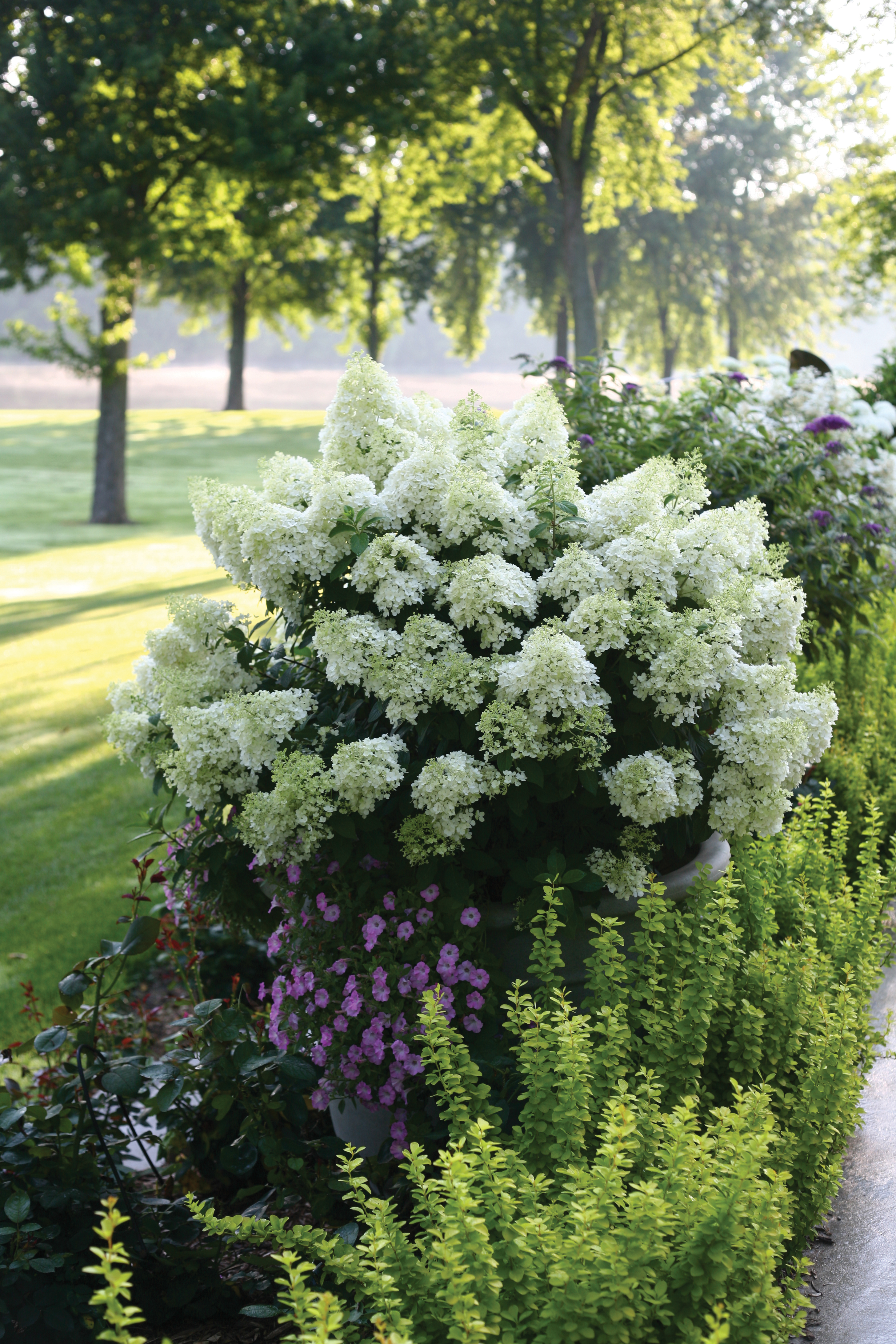 This is a large shrub that can grow up to 10 feet tall. It produces large, conical flower clusters in shades of white, pink, or blue.
This is a large shrub that can grow up to 10 feet tall. It produces large, conical flower clusters in shades of white, pink, or blue.

Hydrangea arborescens
 This is a smaller shrub that can grow up to 6 feet tall. It produces flat, lacecap flower clusters in shades of white, pink, or blue.
This is a smaller shrub that can grow up to 6 feet tall. It produces flat, lacecap flower clusters in shades of white, pink, or blue.

Hydrangea quercifolia
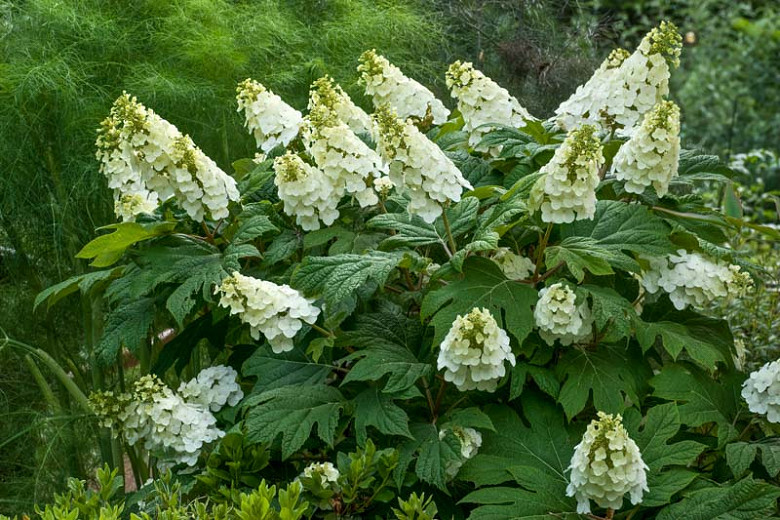 This is a deciduous shrub that grows up to 8 feet tall. It produces large, paniculate flower clusters in shades of white, pink, or blue. The leaves are also a beautiful deep green color in the summer and turn a brilliant red in the fall.
This is a deciduous shrub that grows up to 8 feet tall. It produces large, paniculate flower clusters in shades of white, pink, or blue. The leaves are also a beautiful deep green color in the summer and turn a brilliant red in the fall.
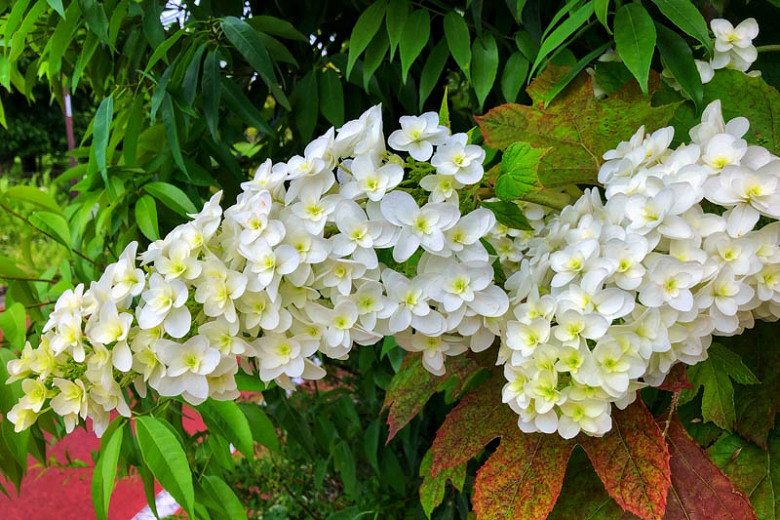
Hydrangea macrophylla
 This is a popular variety of hydrangea that is known for its large, mophead flower clusters. It can grow up to 6 feet tall. The flowers can be white, pink, blue, or purple, depending on the soil pH.
This is a popular variety of hydrangea that is known for its large, mophead flower clusters. It can grow up to 6 feet tall. The flowers can be white, pink, blue, or purple, depending on the soil pH.
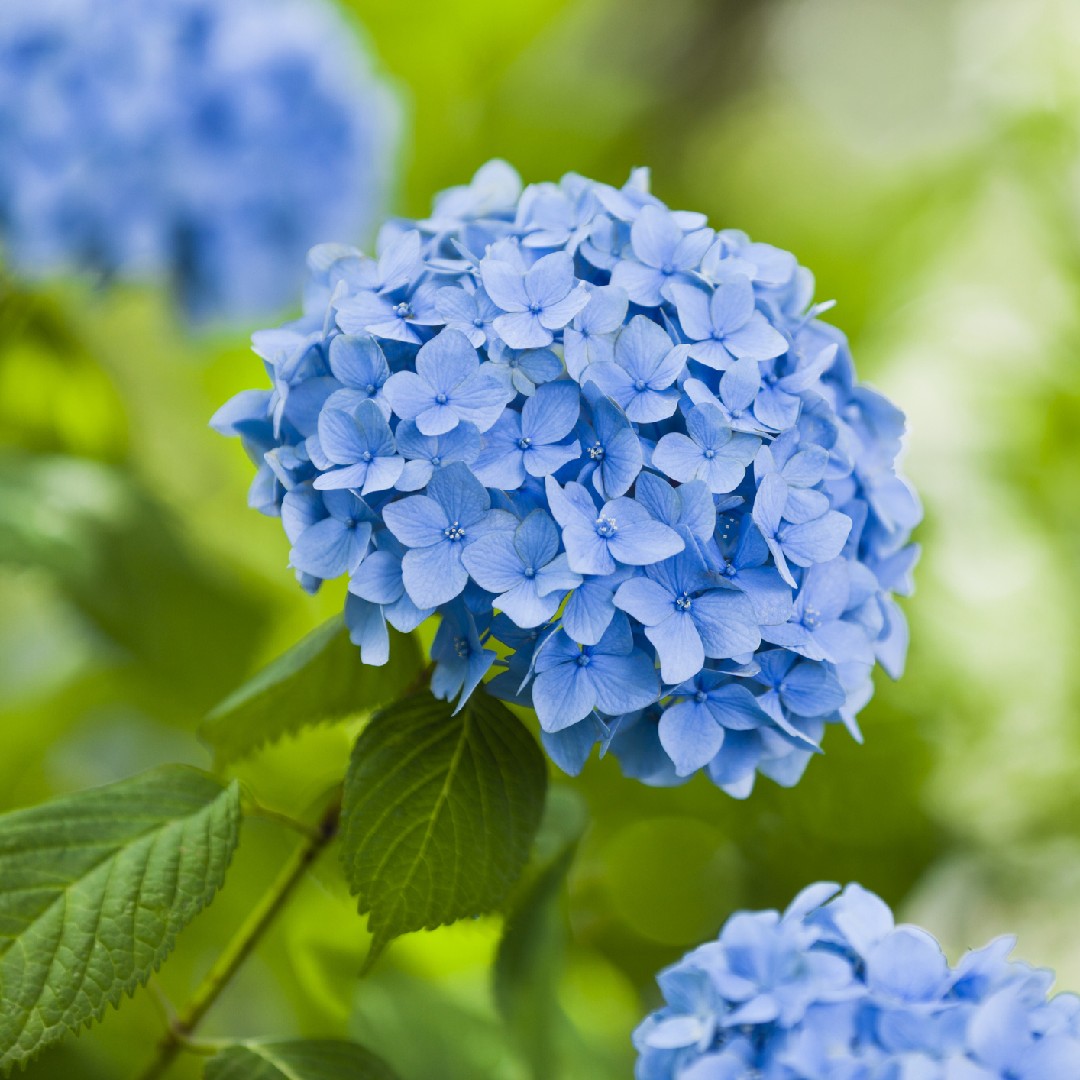
Hydrangea serrata
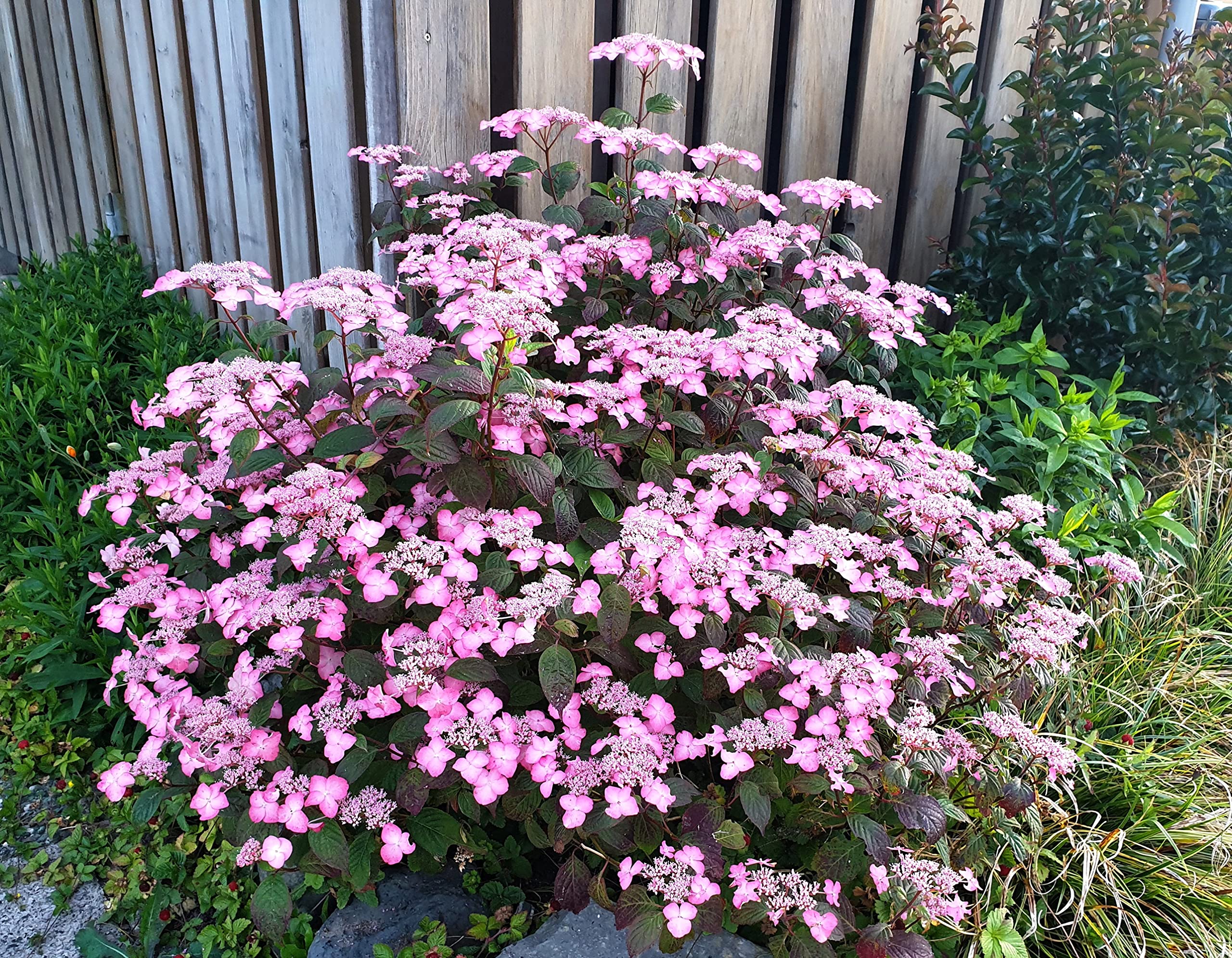 This is a smaller variety of hydrangea that is known for its lacecap flower clusters. It can grow up to 4 feet tall. The flowers are white or pink, and they often have a darker center.
This is a smaller variety of hydrangea that is known for its lacecap flower clusters. It can grow up to 4 feet tall. The flowers are white or pink, and they often have a darker center.

Post a Comment for "The Ultimate Guide To Hardy Hydrangeas"